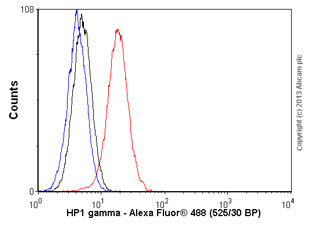
Overlay histogram showing HeLa cells stained with ab154871 (red line). The cells were fixed with 4% paraformaldehyde (10 min) and then permeabilized with 0.1% PBS-Tween for 20 min. The cells were then incubated in 1x PBS / 10% normal goat serum / 0.3M glycine to block non-specific protein-protein interactions followed by the antibody (ab154871, 1/1000 dilution) for 30 min at 22°C. The secondary antibody used was Alexa Fluor® 488 goat anti-rabbit IgG (H&L) (ab150077) at 1/2000 dilution for 30 min at 22°C. Isotype control antibody (black line) was rabbit IgG (monoclonal) (0.1μg/1x106 cells) used under the same conditions. Unlabelled sample (blue line) was also used as a control. Acquisition of >5,000 events were collected using a 20mW Argon ion laser (488nm) and 525/30 bandpass filter.
![All lanes : Anti-HP1 gamma antibody [EPR10465(B)] (ab154871) at 1/1000 dilutionLane 1 : NIH/3T3 cell lysateLane 2 : HeLa cell lysateLane 3 : Molt-4 cell lysateLane 4 : HepG2 cell lysateLysates/proteins at 10 µg per lane.SecondaryGoat anti-rabbit HRP at 1/2000 dilution](http://www.bioprodhub.com/system/product_images/ab_products/2/sub_3/4078_HP1-gamma-Primary-antibodies-ab154871-1.JPG)
All lanes : Anti-HP1 gamma antibody [EPR10465(B)] (ab154871) at 1/1000 dilutionLane 1 : NIH/3T3 cell lysateLane 2 : HeLa cell lysateLane 3 : Molt-4 cell lysateLane 4 : HepG2 cell lysateLysates/proteins at 10 µg per lane.SecondaryGoat anti-rabbit HRP at 1/2000 dilution
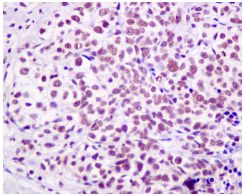
Immunohistochemical analysis of paraffin-embedded Human breast carcinoma tissue labeling HP1 gamma with ab154871 at 1/50 dilution.
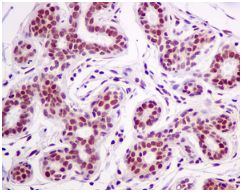
Immunohistochemical analysis of paraffin-embedded Human normal breast tissue labeling HP1 gamma with ab154871 at 1/50 dilution.
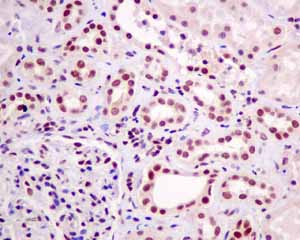
Immunohistochemical analysis of paraffin embedded Human normal kidney tissue using ab154871 showing +ve staining.
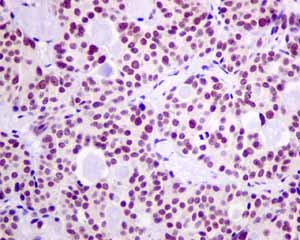
Immunohistochemical analysis of paraffin embedded Human thyroid gland carcinoma tissue using ab154871 showing +ve staining.
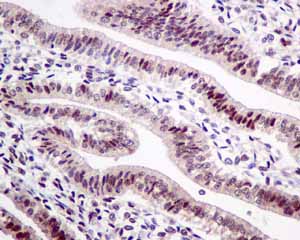
Immunohistochemical analysis of paraffin embedded Human normal uterus tissue using ab154871 showing +ve staining.
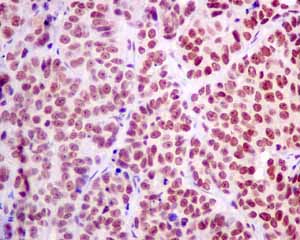
Immunohistochemical analysis of paraffin embedded Human ovarian carcinoma tissue using ab154871 showing +ve staining.




